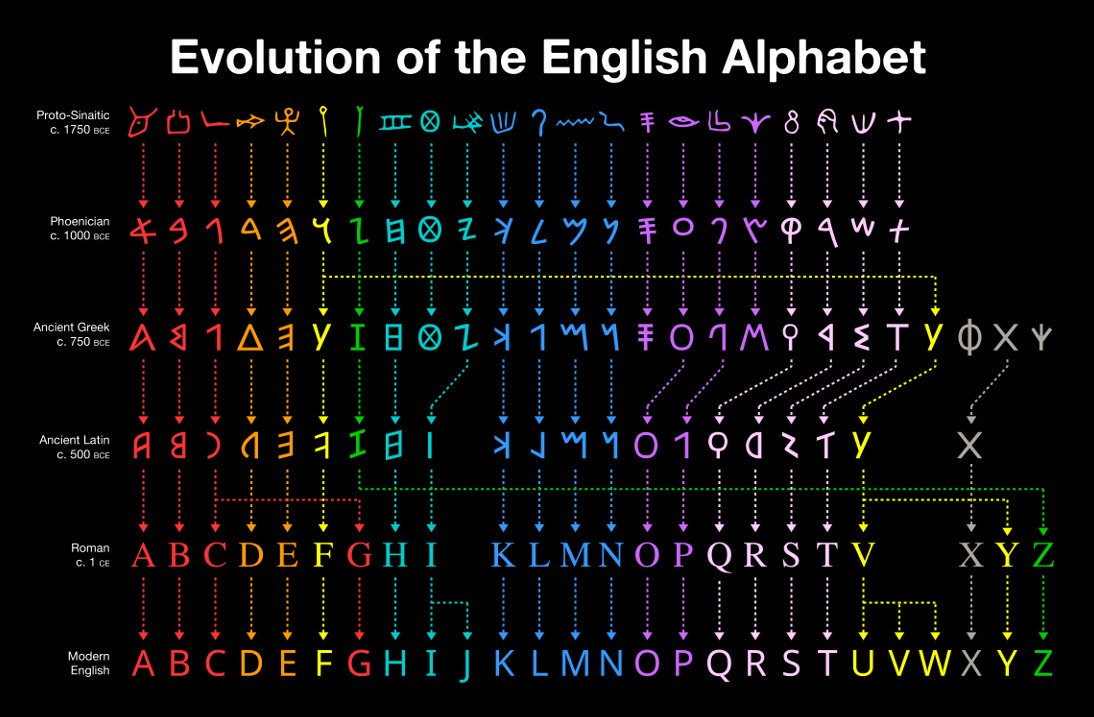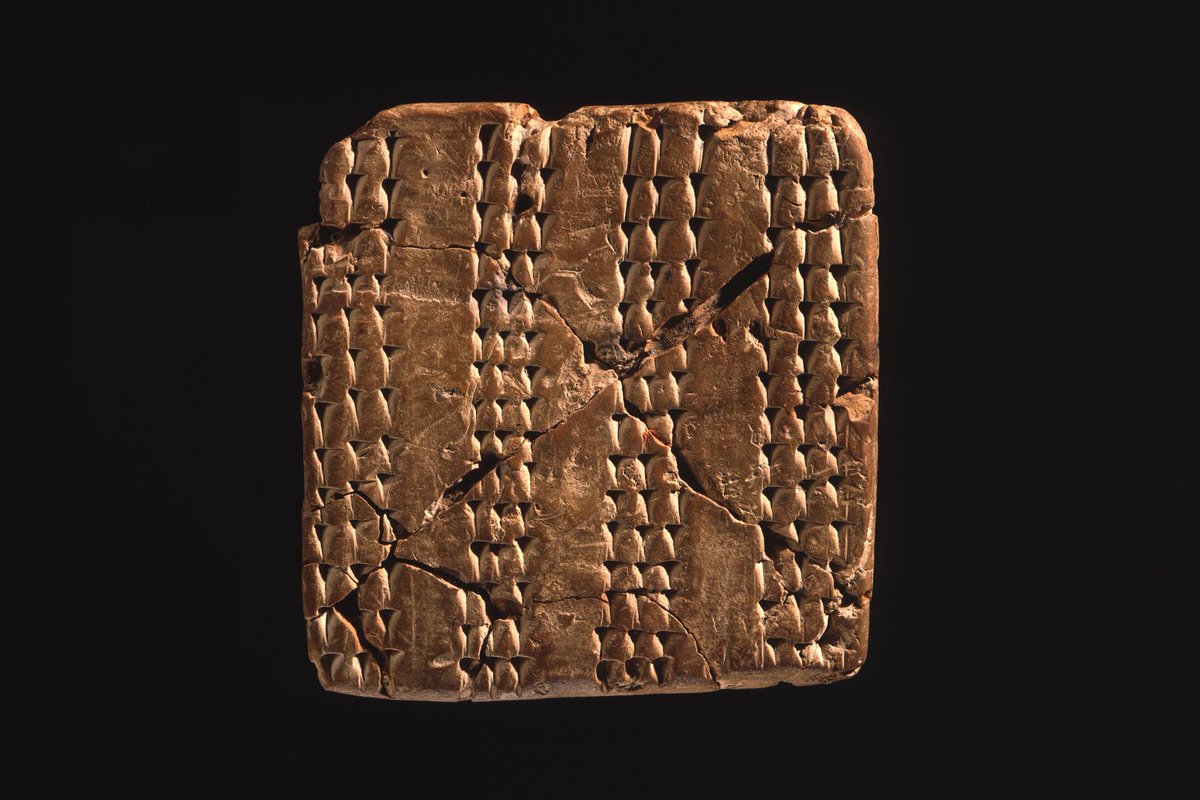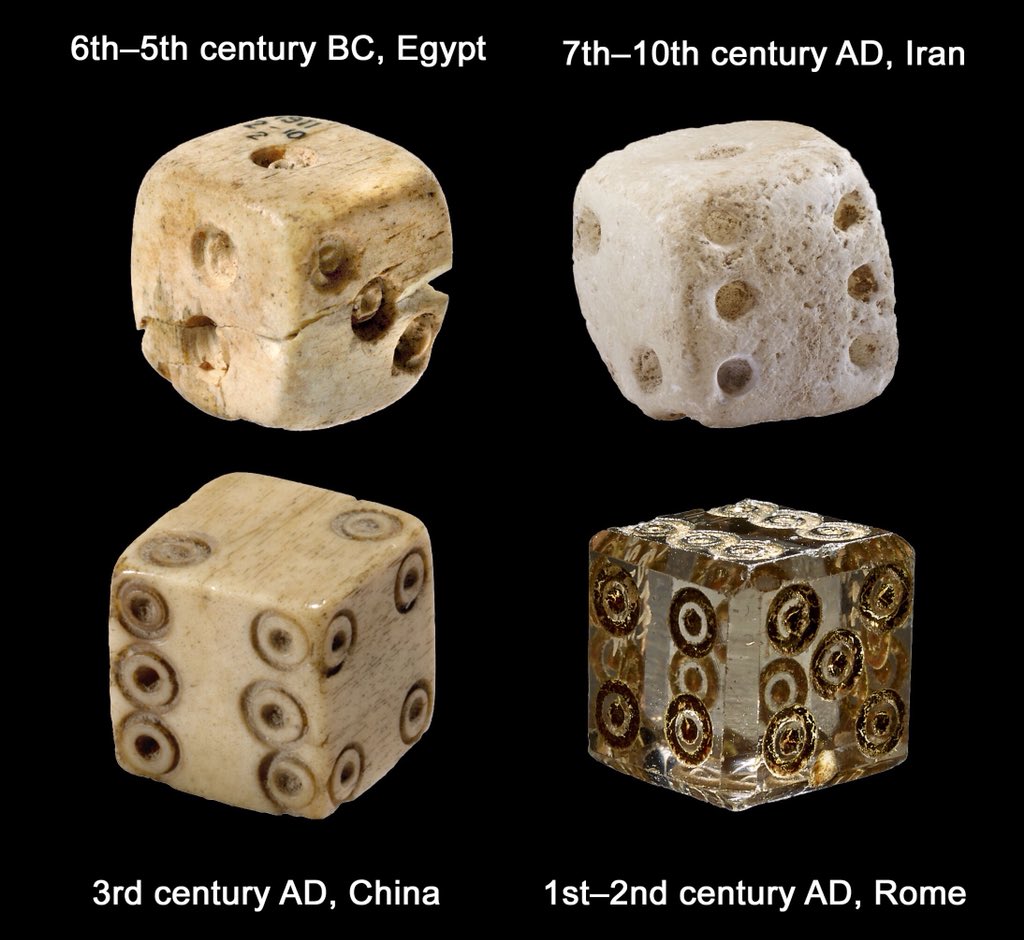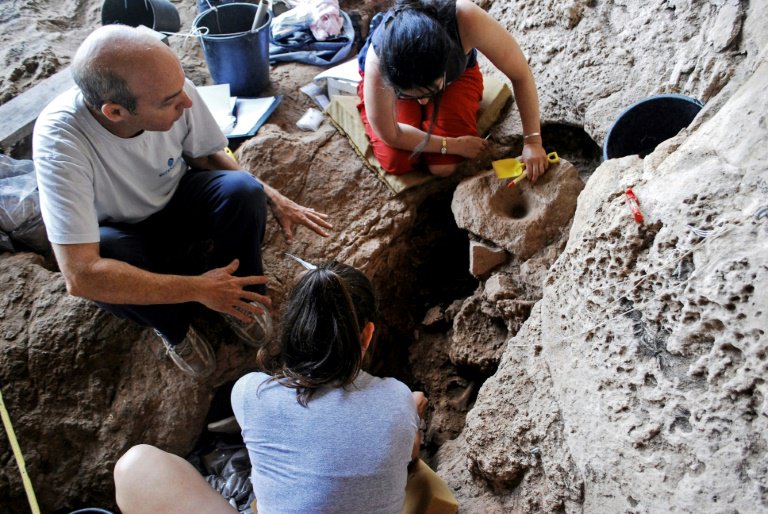- Joined
- Mar 31, 2005
- Messages
- 10,232
- Reaction score
- 3,006
8000-year old underwater burial site reveals human skulls mounted on poles
two of the skulls showed evidence of a stick thrust through the opening at the base through the top of the skull—normally associated with posting a skull to scare enemies. But hunter-gatherers were not known for posting skulls or engaging in gruesome funeral rituals
two of the skulls showed evidence of a stick thrust through the opening at the base through the top of the skull—normally associated with posting a skull to scare enemies. But hunter-gatherers were not known for posting skulls or engaging in gruesome funeral rituals


